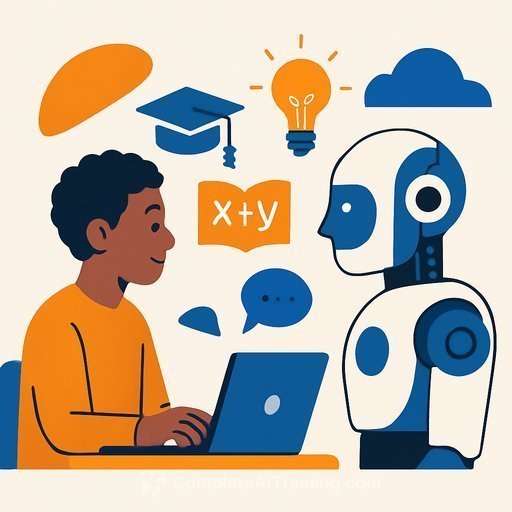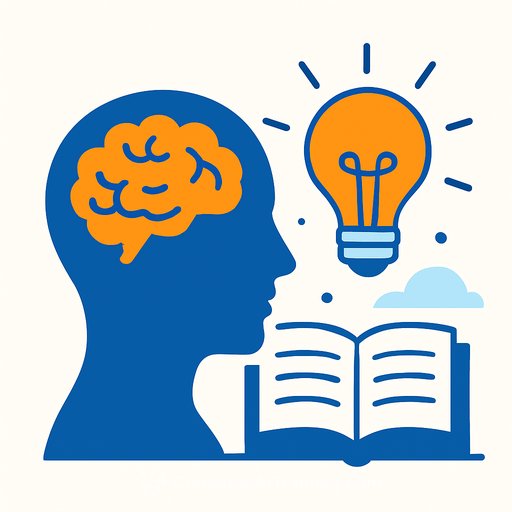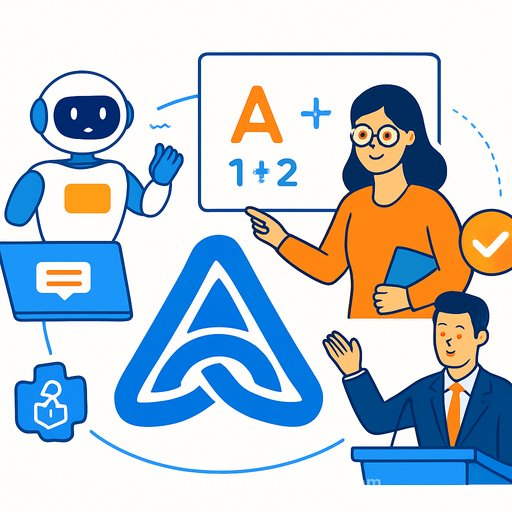Inside San Francisco's AI School: What Educators Should Take Seriously
Alpha School San Francisco opened with a bold pitch: two hours a day of focused academics, guided by adaptive software, and the rest spent on hands-on "life skills" projects. Adults in the room act as coaches, not podium lecturers. The promise is faster learning with fewer lectures and more agency.
For education leaders, the signal buried in the headlines is clear: AI is moving into core operations, not just as a gadget, but as an infrastructure layer for pacing, practice, and progress tracking. The question isn't whether to engage. It's how to engage without losing the parts of school that actually build capable humans.
What's Actually Different-and What Isn't
Alpha uses adaptive software and proprietary apps (via 2 Hour Learning) to set levels, surface gaps, and recommend next steps. Most AI usage appears to support adults with data and pacing suggestions rather than function as a chatbot teacher. The school says chatbots are not used for instruction.
Much of this is familiar. Tools like IXL, Khan Academy, and Math Academy have been in classrooms for years to create individualized practice paths. What's novel is the school-wide operating model: a short academic block on screens, followed by project blocks focused on teamwork, social skills, and financial literacy.
The Pitch Schools Will Hear
Alpha markets a few big claims: students can move faster than in traditional models; the day is structured to maximize focus and reduce wasted time; data makes instruction more precise; and students report high satisfaction. The school also emphasizes coaching over lecturing to keep human connection in the loop.
For districts, the practical takeaway is not the brand but the blueprint: shorter, tighter academic blocks supported by adaptive software, plus intentional time for projects and social learning.
What Experts Flag Before You Scale
Selection bias is real. A high-tuition, highly engaged family base makes results hard to generalize. Experts caution that outcomes can differ by student disposition: confident, self-directed learners often use AI to deepen understanding, while less confident students may lean on it to shortcut thinking.
Early learners and students who need more support tend to thrive with live, collaborative instruction. Risks like hallucinations and algorithmic bias still require oversight and auditing. And equity questions-access, devices, bandwidth, language supports, IEP integration-cannot be an afterthought in public settings.
Use Cases That Make Sense
- Teacher planning: draft lesson outlines, exemplar questions, and differentiation ideas for multiple levels.
- Adaptive practice: targeted drills with mastery checks and quick remediation, using tools with strong item banks.
- Data triage: faster visibility into who needs what next, with humans making final placement and pacing decisions.
- Project blocks: AI for research scaffolds and checklists, with human-led collaboration and critique.
Guardrails That Keep Learning Honest
- Keep human instruction: maintain direct teaching for core literacy and numeracy, especially K-5.
- Ban answer-generation for graded work; allow AI for planning, examples, and feedback under teacher supervision.
- Audit for bias and accuracy; require sources and student reasoning, not just outputs.
- Design for collaboration: whiteboards, math talks, peer critique, labs-things AI can't replace.
- Protect privacy: review data sharing, retention, and model-training policies; involve your legal team.
How To Pilot Without Buying the Hype
Run a small, time-bound pilot with a clear evaluation plan. Define target grades, subjects, and sample size. Pick 1-2 tools with strong track records; avoid app sprawl. Train teachers first, then students. Monitor weekly for learning and usage, not just logins.
If possible, compare outcomes with a matched group or a randomized design. Track growth on agreed measures, not vendor dashboards alone. Publish results-good or bad-to build trust and institutional learning.
A Lightweight Adoption Checklist
- Goals: What student outcomes will improve, and by how much?
- Instruction: Where will direct teaching remain non-negotiable?
- Equity: How will ELL, IEP, and younger learners be supported?
- Assessment: How will you verify learning without AI shortcuts?
- Data: What is collected, who sees it, how long is it kept?
- Training: What PD do teachers get before launch and during?
- Tool vetting: Accuracy, bias, accessibility, offline options, cost.
- Fit: How does this align with your schedule, staffing, and devices?
- Exit plan: What will make you continue, pivot, or stop?
Equity, Cost, and Access
Alpha's tuition and community context complicate claims of broad effectiveness. Other campuses offer aid; the San Francisco site does not yet. Public systems must plan for device access, broadband, and supports-plus teacher time to interpret data and adjust instruction.
Districts across California are adding AI literacy within digital media literacy requirements. That's a smart baseline: ensure students can read, write, and reason well, then teach them to critique and use AI responsibly. See examples like Khan Academy for adaptive practice, and review your state's digital literacy guidance via your Department of Education.
Bottom Line for Education Leaders
AI will sit inside lesson planning, practice, and assessment flows. The winning move is to adopt with intention: protect core teaching, test in small loops, measure real learning, and keep equity at the center. Hype sells; evidence sustains.
If you are building an AI literacy track for staff or students, explore curated options by role at Complete AI Training.
Your membership also unlocks:





